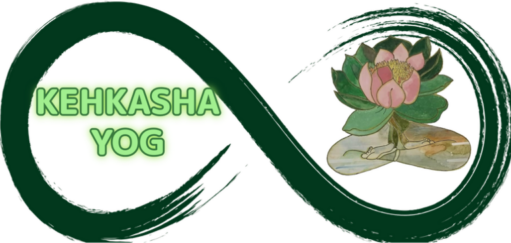- After the pompous return to Ayodhya, Guru Vasishtha avoided any delays for the coronation ceremony of Rama. Soon, Guru Vasishtha crowned Rama as the king of Ayodhya, Mother as the queen, the three brothers as princes, and their consorts as princesses of the province.
- The reign ran smoothly under the humble rules of Rama. But, soon, few doubtful whispers germinated in the minds of the subjects. They often discussed Mother’s abduction by Ravana. They (acted) doubted Mother’s character.
- The news reached the court. The subjects asked King Rama to subject Mother to a test. If she passed the test, she could prove her virtues. King Rama discussed with Mother and, the guards arranged a fire pyre.
- Mother ventured into the fire and reappeared unbruised. The entire city of Ayodhya hailed Siya Rama’s Name.
Now let us see a discussion to rule out misconceptions prevalent in society. We discussed the underlying question in an elucidative way.
- Why did Rama pay heed to the words of his subjects, despite being a consort of the most pious incarnation?
Answer- Rama was to play a role of a righteous king in the first go and then as a householder. A king flourishes when he places his subjects in his priority.
Moreover, he didn’t command Mother to appear in Agnipariksha, the test of the fire pyre, but Rama requested Mother to guide him out of the fix while fixing the disputes spurting in the city. Mother agreed.
King Janak was called Videha, one free from all strings of attachments. He placed one of his hands over Mother Sunaina’s head and the other in a fire. Shiva Ji asked him to plow the recalcitrant land of Janakpur, for it had to yield fruits. Even destiny wished to sow the seeds of devotion in the recalcitrant hearts of King Janak and Mother Sunaina. As King Janak plowed the field with a plow, a baby girl emerged from the soil. As she appeared from the stroke of plow called Sit, she was named Sita. Even she was Vaidehi, one devoid of sensations of self-awareness as a physical body. But, as she was in a physical form, Mother Sita had to enact.
Mother used to lift the giant bow with her one hand and clean it like a child’s play, though several well-built men could not lift it easily. She was the Incarnation. Even she is present today and at this moment.
Mother offered her true form to Agni Deva, the fire god, the moment she crossed the Lakshmana Rekha, the line of fire. The pseudo shadow mimicked Mother as a captive in Ashoka Vatika and even as the queen of Ayodhya. She had to acquire her true form. Thus, she adopted Agnipariksha as the best option.
If the subjects had not questioned Mother, we would have questioned Mother in this Kaliyuga, the era of unrighteousness.
She dwelled within Rama and even within the subjects of Ayodhya. She had to loosen all threads of doubts of all her children. She loved all her children equally and even took grave steps to convince them.
The people of Ayodhya were intense celibates and practiced Brahmacharya Vrata for fourteen years. They could not question Mother. Mother worked through them and for them. They merely enacted a drama as Mother wished. Mother taught the lessons of penances and sacrifices to all generations ahead.
Rama had to sacrifice his family for the sake of kingship. Being a king as well as a subject brings suffering. It is best to be a child enjoying the blissful lullabies of Nature.
